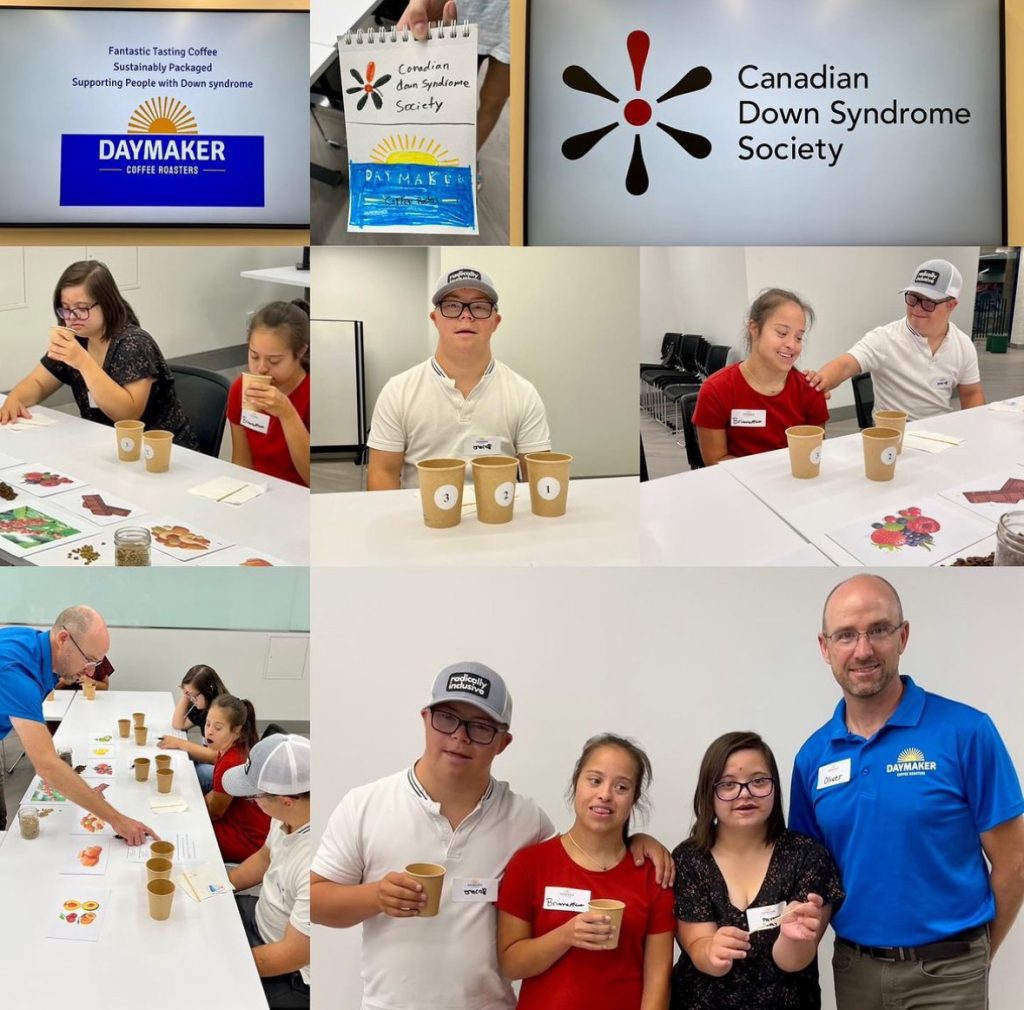
Cultivating Connections
A Guide to Building a Thriving Online Community For Your Business
In today's interconnected digital landscape, online communities have emerged as powerful platforms for small businesses like yours to connect and engage with customers. Leveraging an online community is incredibly important for every small business looking to create deeper relationships with their customers to increase their sales and repeat purchases.
In this blog post, we'll review what online communities are, explore their significance, and outline practical strategies for building, engaging, analyzing, and growing an online community around your business.
Understanding Online Communities
Online communities are built in virtual spaces where individuals with shared interests, values and goals can come together to interact, share knowledge, and collaborate. Providing this space for authentic interactions between you and your customers grows that trust and loyalty over time.
These communities can manifest across various platforms such as:
- Social Media Channels with likes, comments, shares, hashtags, etc.
- Forums related to your industry
- Online groups created to discuss specific topics or opinions
- Your e-commerce store in the form of product reviews or blog comments

Creating and fostering an online community can be a great way to connect with your customers in lasting, meaningful ways. Communities serve as hubs for exchanging insights, and experiences, enabling members to learn from each other and from the brand itself. Communities can be fertile grounds for innovation and creativity, as members offer feedback, suggestions, and insights to inform product development and strategic initiatives.
Enhance your customer support by addressing questions, concerns, and issues while also delivering responsive customer support within the community environment. Your community’s brand loyalty will strengthen as they become brand ambassadors, recommending your business to new customers. This will support your e-commerce store by providing an increase in awareness, sales and overall support for your profit growth.
Incorporating Buyer Personas
When nurturing your online community, it's helpful to center your efforts around your buyer personas—the semi-fictional representations of your ideal customers. This will help you establish, build and grow the right kind of online community for your business.
- By identifying key characteristics, preferences, and pain points of your buyer personas, you can tailor community content, messaging, and engagement strategies accordingly.
- Customize community experiences by delivering relevant content, discussions, and events that resonate with the specific needs and interests of your buyer personas.
- Create content that best suits your customers as well as your business’s capabilities and goals.

As an example, if our business sells hiking shoes, apparel, and equipment, and your buyer's persona represents a younger audience that enjoys hiking, outdoors, and other healthy-living activities, your content can be curated with videos and images of local trails and outdoor activities showcasing your products being used. This content would then be placed on social channels such as Instagram or TikTok to reach your targeted customers better.
By understanding your customers and their goals you can develop a content strategy that effectively engages them resulting in growth within your community. Remember to continuously gather insights and feedback from community members to refine and optimize your understanding of buyer personas, ensuring that your community remains aligned with their evolving preferences and expectations.
Engaging Your Community
Engagement is the lifeblood of any thriving community. Here are some strategies to foster active participation and dialogue within your business community:
- Create Compelling Content: Share informative articles, case studies, videos, and infographics that spark discussions and provide value to community members.
- Facilitate Discussions: Pose thought-provoking questions, host live Q&A sessions, and initiate polls or surveys to encourage members to share their perspectives and experiences.
- Recognize and Reward Contributions: Acknowledge and appreciate active participants who share user-generated content with badges, shoutouts, or exclusive perks with loyalty rewards programs to incentivize continued engagement and contributions.
- Empower Advocates: Identify passionate advocates within your community and empower them to become moderators, ambassadors, or contributors, amplifying their voices and influence.

Through transparent and inclusive practices, businesses can cultivate trust and loyalty while also gaining valuable insights into market trends and emerging opportunities.
Analyzing and Learning from Your Community
Your community gives you direct access to customer feedback and allows you to use this feedback to improve and evolve your business on their needs and preferences.
Analyzing community data and metrics is essential for understanding customer behaviour, identifying trends, and refining your community strategy. Monitor engagement rates, customer growth, content performance, and sentiment analysis to gauge the health and strength of your community. Look for recurring themes, popular topics, and emerging discussions within the community to inform content creation, event planning, and strategic initiatives. Request feedback through surveys, polls, and direct conversations to gain valuable insights into member satisfaction, pain points, and areas for improvement.

Be open to adapting your strategies and your content based on the evolving needs of the community. Communities are dynamic – being flexible allows you to stay relevant and trending which is key to continued growth.
Growing Your Community
Communities allow your customers to connect over your products or services and can help customers get more out of your offerings, which builds customer satisfaction, trust, and much more. Expanding your community requires a proactive approach to attract new members and extend your reach. Here are some growth strategies to consider:
- Promote Across Channels: Leverage your existing marketing channels, social media platforms, and email lists to build your community and reach a broader customer. To build on cross-promotions, ask your social media followers to subscribe to a newsletter, in your newsletter ask your customers to follow your social channels, or cross-promote events through all existing channels.
- Collaborate and Partner: Forge partnerships with complementary brands, influencers, or industry leaders to cross-promote each other's communities. This will give you access to new and established networks of like-minded customers. As an example, think of a social media giveaway where 2 or more brands collaborate on a post to ask viewers to like or follow both brands' profiles, share their posts, or tag other community members for a chance to win a prize.
- Offer Value-Added Incentives: Provide exclusive perks, discounts, or access to premium content for community members, incentivizing participation and membership growth.
- Optimize SEO and Discoverability: Optimize your community platform for search engines, use relevant keywords, and create compelling meta descriptions to improve discoverability and attract organic traffic.

To build strong customer connections, learn what your customers value in your products and services. After you interact with the customer, you want to continue that connection by proactively engaging with your customers at key moments in their customer journey.
Case Study Example: Daymaker Coffee RoastersDaymaker Coffee Roasters provides customers great tasting ethically sourced coffee with biodegradable and sustainable packaging and a commitment to serving their customers and community. They also support families and community groups financially by committing 3.21% of all sales to help fund life-enriching supports and aspire to provide people with Down Syndrome meaningful employment opportunities. The Daymaker Coffee Roasters Community: Daymaker Coffee Roasters customers are kind, caring, individuals who want to give back to their community and spend their dollars to do good in the world. Daymaker Coffee Roasters uses social media content to engage with their community online including:
Daymaker Coffee Roasters learns from their community by offering a space for feedback and open dialogue. These spaces include:
With their purpose to be a Daymaker, they partnered with the Canadian Down Syndrome Society on a special '21 Reasons' coffee to promote and grow their business and give back to their community by donating 25% of their sales to the society.
Read more about Daymaker Coffee Roasters ShopHERE program experience. |
Conclusion
In conclusion, building your thriving business community requires a strategic blend of empathy, engagement, analysis, and growth-oriented initiatives. By understanding the importance of online communities, incorporating buyer personas, fostering meaningful interactions, analyzing insights, and implementing growth strategies, you can cultivate vibrant and impactful online communities that drive value for your business and its customers.
Key Takeaways
Communities serve as dynamic hubs where individuals with shared interests can convene, communicate, and mutually support each other. By actively engaging with customers within these spaces, businesses like yours can provide enhanced customer support, build brand advocates and improve your brand’s image!
- Understanding Online Communities – Online communities provide virtual spaces for shared interests, fostering innovation and creativity. Enhanced customer support within these communities strengthens brand loyalty.
- Incorporating Buyer Personas – One key aspect of effectively leveraging online communities is understanding and catering to the needs of distinct buyer personas. By tailoring content and engagement strategies to resonate with these personas, you can ensure that their community efforts are targeted and impactful.
- Engaging Your Community – Engagement is vital for the health of any online community. You can cultivate a vibrant and thriving community atmosphere by emphasizing active participation through compelling content, facilitated discussions, and recognition of contributions. Empowering community advocates further amplifies engagement, as they become instrumental in building trust and loyalty among members.
- Analyzing and Learning from Your Community – Analyzing community data and gathering feedback are critical components of community management. By gaining insights into customer behaviour and preferences, you can refine their strategies to serve the evolving needs of the community. Adapting strategies based on these insights ensures continued relevance and growth.
- Growing Your Community – Expanding the reach and impact of an online community requires proactive growth strategies. Promoting across channels, collaborating with partners, and offering incentives can attract new members and strengthen existing connections. Optimizing SEO and discoverability further enhances visibility, facilitating broader engagement and community expansion.

To learn more about digital transformation and e-commerce, check out our virtual events tailored for small businesses.


